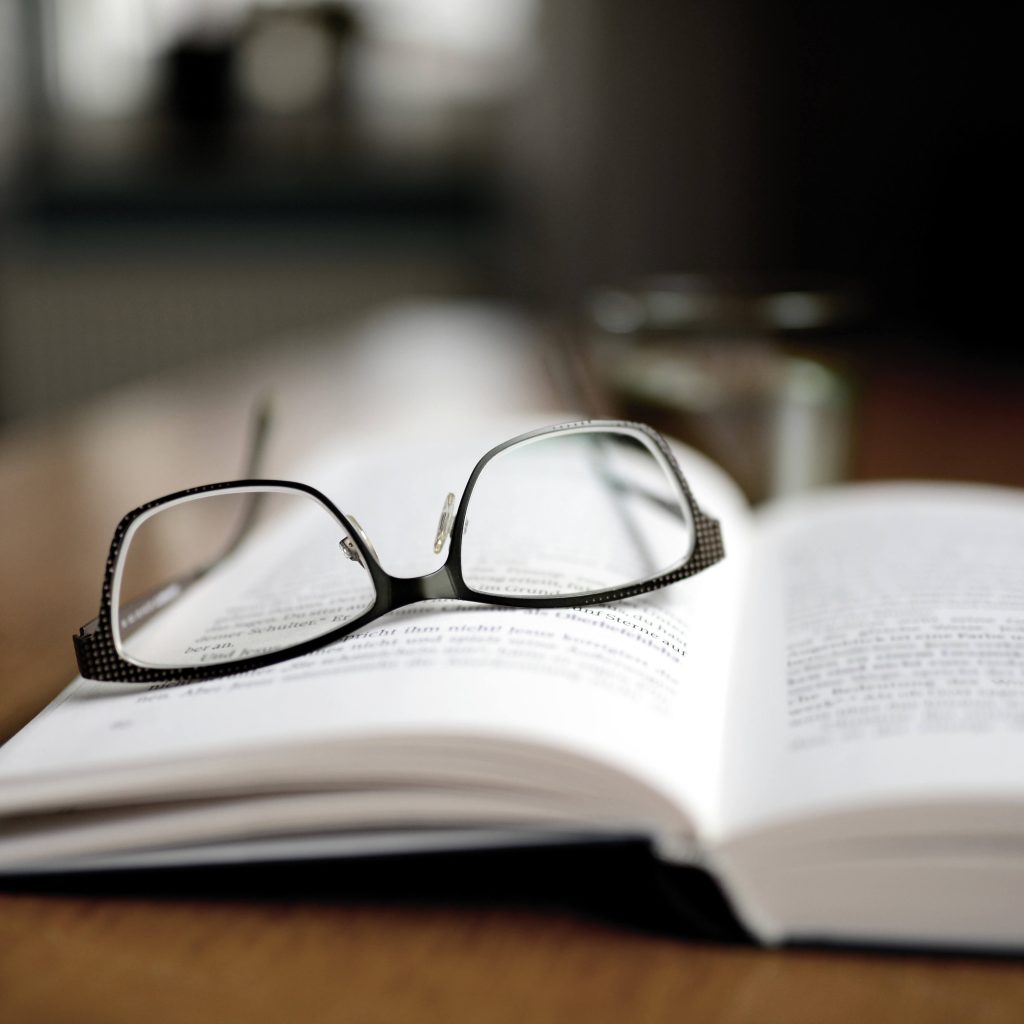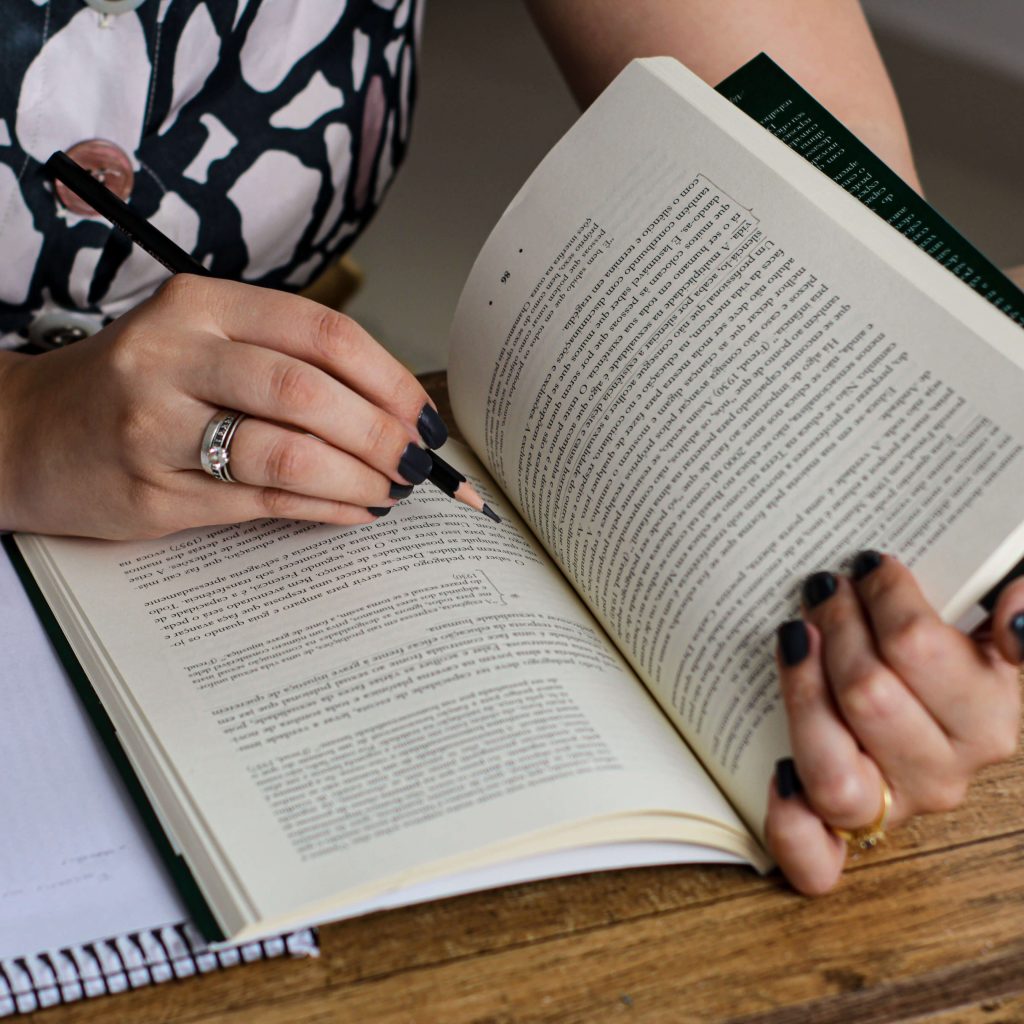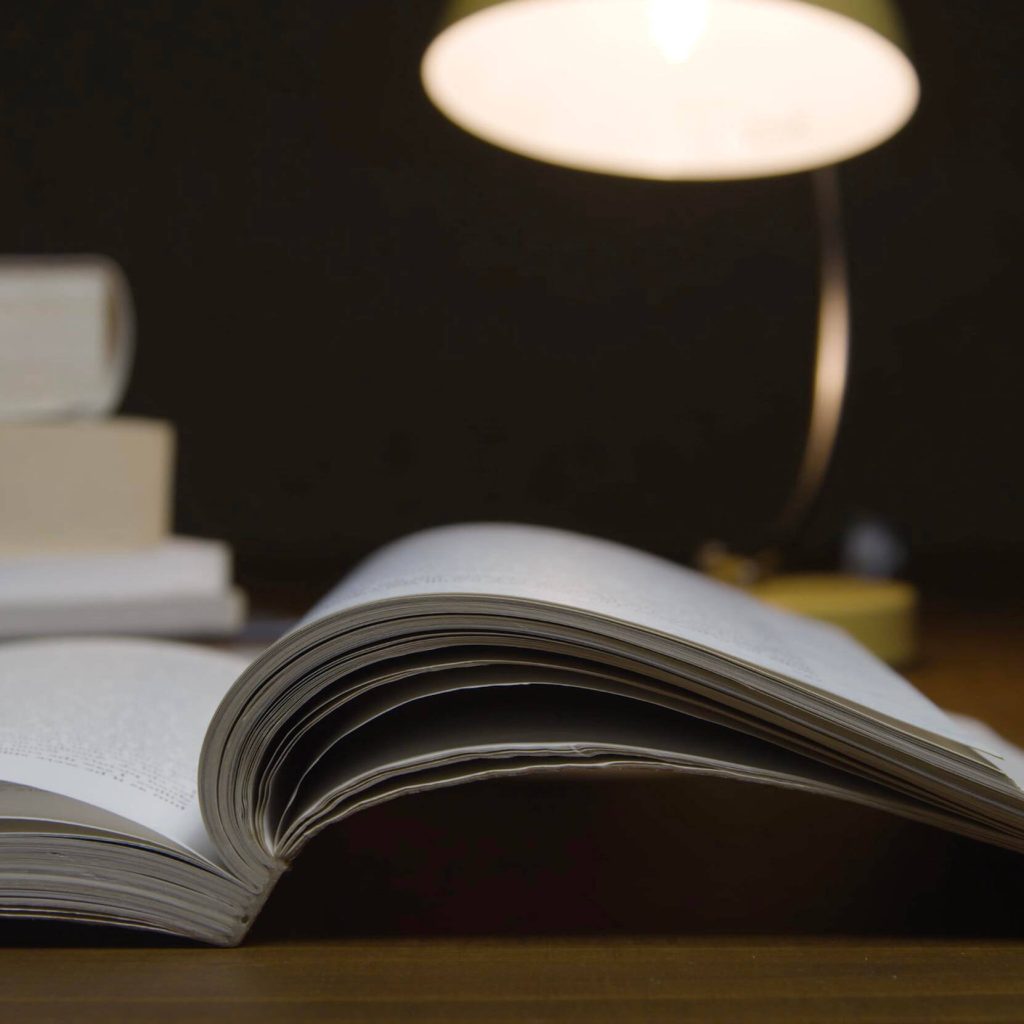How the H-Trap Catches Horse Flies
Nature goes hand in hand with the design and effectiveness of our professional horse fly control system and trap.
Three elements attract female horse flies to find the blood source that enables them to reproduce– contrast, heat sensory, and scent.
By placing our horse fly traps in strategically sunny locations, ideally where horses and people congregate, the inflatable black ball will begin to trick the horse flies into coming onto it.
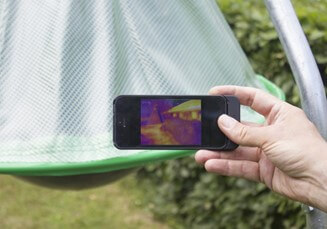 When the inflatable black ball absorbs heat, it gives off an infrared signature, which attracts the biting female horse to fly to the ball rather than to the animals and humans nearby.
When the inflatable black ball absorbs heat, it gives off an infrared signature, which attracts the biting female horse to fly to the ball rather than to the animals and humans nearby.
Once on the black ball, the females will try to bite their “victims” without success. Because horse flies fly vertically, the green plastic conical hood guides them upwards into the green plastic collection bin atop the horse fly trap.
There is no escape from there, and the horsefly will die from dehydration or drowning if you add water to the collection bin.
Identifying Horse Flies
Remember that not all biting flies are horse flies, even though they may bother your horses!
The flies our horse fly trap catches are commonly known as greenheads, yellow flies, deer flies, and black B-52 bombers. These flies are from the family Tabanidae.
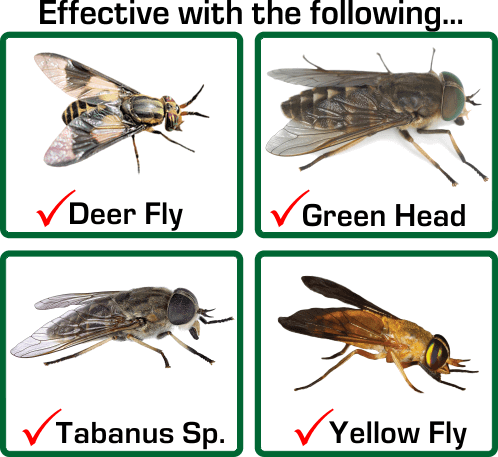
Other biting flies that bother horses and help carry diseases are stable flies and horn flies. These are from the Muscidae family. Horse fly eggs and larvae are found in wet, swampy areas. Stable flies and horn fly eggs and larvae are found in fecal matter, urine-soaked bedding, or in the wet, decomposing straw found around round hay bales.
Another difference is the way these different flies bite. Signs of horse fly bites are trails of blood from the wound that the horse fly leaves after cutting the skin and pumping in a substance that allows the blood to flow. Stable fly and horn fly bites tend to be less bloody, with much smaller ‘dots’ of blood left after feeding.
If you are still unsure about the type of flies on your property, please contact us before purchasing an H-Trap. If you have pictures that can help our entomologist identify the flies that are bothering your animals and family, please send them to us by email at [email protected].

